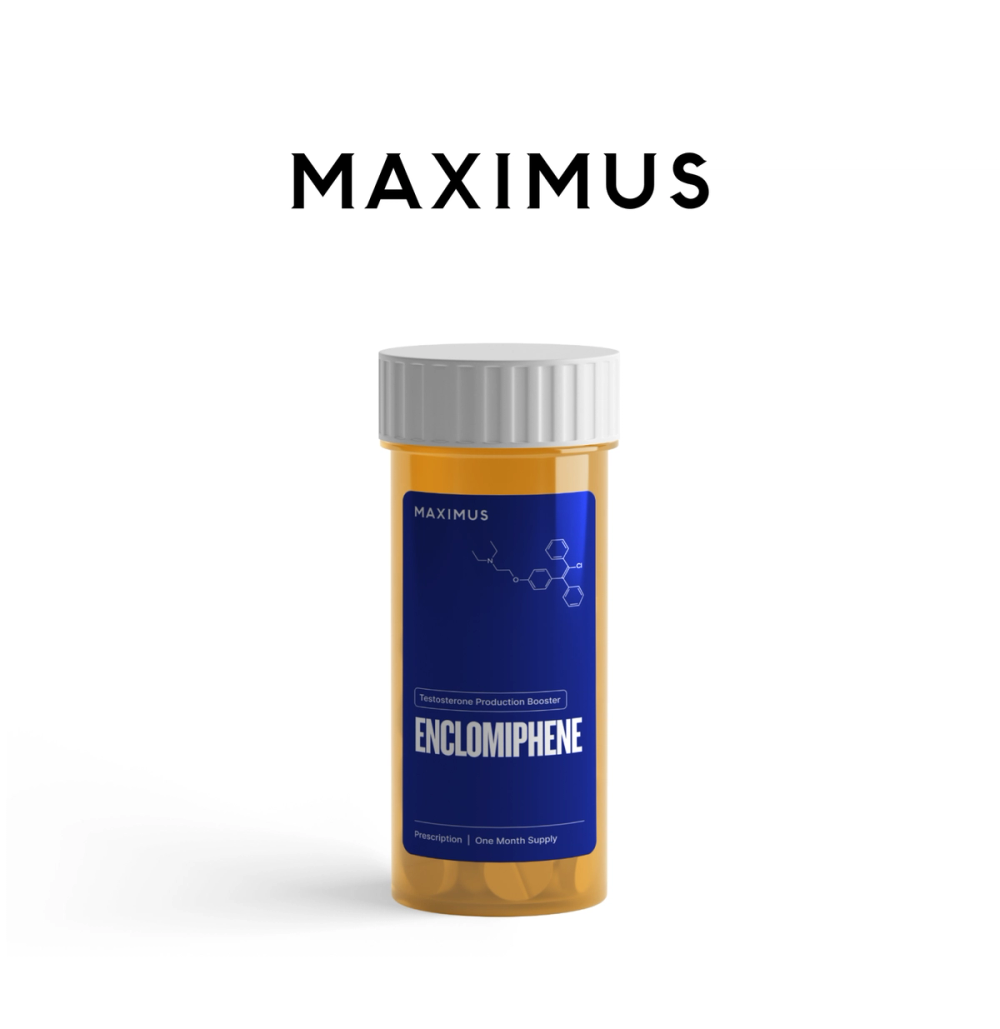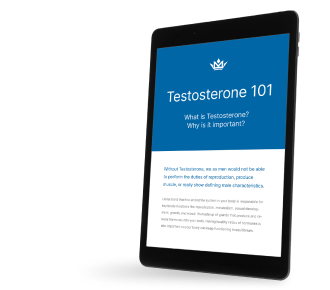Key Takeaways:
- Name brand semaglutide and compounded semaglutide contain the same active ingredient, but only the name brand version is FDA-approved and strictly regulated for safety and effectiveness.
- Compounded semaglutide may be a viable alternative for those facing insurance restrictions or high costs.
- Compounded versions of semaglutide vary in quality, making it important to choose a reputable pharmacy.
Is there a difference between compounded semaglutide and the name brand?
You’ve likely heard of name brand weight loss injections, the diabetes medication that’s taking the healthcare industry by storm for its impressive ability to support weight loss.
But what’s semaglutide?
Semaglutide is the active ingredient in this popular medication. It has gained immense popularity as a treatment for both type 2 diabetes and weight loss. However, due to high costs, insurance limitations, and frequent shortages, many people are turning to compounded semaglutide as an alternative.
This raises an important question: Is compounded semaglutide as effective as the name brand medication?
The short answer: yes, compounded semaglutide and the name brand medication contains the same active ingredient — one is made by a pharmaceutical manufacturer, while the other is made by a compounding pharmacy.
What is compounded semaglutide?
Compounded semaglutide is a custom-made formulation of semaglutide that is prepared by a compound pharmacy rather than a pharmaceutical manufacturer.
Compounded semaglutide is a custom-made version of the medication, with the same active ingredient that is found in the FDA-approved versions. Compounded medications are made by compounding pharmacies, which mix drugs to meet specific patient needs when commercial versions are unavailable or unsuitable. This may be the case when there are supply shortages or patient-specific needs.
The formulation of compounded semaglutide can vary between compounding pharmacies. The formulation of semaglutide that is developed by a compounded pharmacy is not required to be reviewed by the FDA prior to being available to the patient, and formulations are up to the discretion of the pharmacists and physicians involved in the compounding process.
Compounded semaglutide may combine semaglutide with other ingredients, such as vitamin B6. However, since compounded semaglutide is not an FDA-approved medication, its safety, effectiveness, and consistency are not guaranteed. Some versions may contain semaglutide sourced from non-FDA-approved suppliers, raising additional concerns.
This makes it crucial to investigate the specific form of compounded semaglutide you’re being offered, particularly given the growing demand for semaglutide for weight loss and diabetes management.
In fact, some compounded semaglutide formulations do not contain the same active ingredient in its FDA-approved form. Some compounded versions use semaglutide salts (such as semaglutide sodium or acetate) instead of the semaglutide base used in the name brand medications, which can affect their effectiveness and safety.
How does compounded semaglutide compare to name brand medication?
Compounded semaglutide is intended to be similar to or the same as the name brand version.
But in practice, the effectiveness and safety of compounded semaglutide depends on several factors, including the quality of ingredients, the formulation, and the pharmacy preparing it.
Name brand versions are FDA-approved, commercially manufactured form of semaglutide, meaning they undergo strict quality control and must meet consistent, predetermined standards for safety, purity, and potency prior to being given to consumers.
In contrast, compounded semaglutide lacks formal regulatory approval by the FDA, meaning its purity, dosage accuracy, and effectiveness are not guaranteed by this same standard. Because compounding pharmacies may source semaglutide from different suppliers or alter the formulation, the consistency and safety of compounded versions can vary.
1. Active ingredient: The same as the name brand
Compounded semaglutide has the same active ingredient as the name brand medication: a glucagon-like peptide 1 (GLP-1) agonist.
GLP-1 (glucagon-like peptide-1) is a hormone that helps regulate blood sugar and appetite. It is naturally released in the body after eating and works in several ways.
First, it stimulates insulin production in the pancreas, which helps lower blood sugar. At the same time, it reduces the release of glucagon, a hormone that signals the liver to produce glucose, preventing unnecessary sugar from entering the bloodstream.
In addition to controlling blood sugar, GLP-1 slows digestion and sends signals to the brain to reduce hunger, making people feel full for longer. These combined effects make GLP-1 important for both blood sugar management and weight control.
GLP-1 agonists boost the natural effects of the GLP-1 hormone, making their effects stronger and longer-lasting.
One thing to keep in mind here: Some compounded formulations use semaglutide salts (such as semaglutide sodium or acetate) instead of the semaglutide base found in the name brand medication, which may affect their safety and effectiveness.
2. Cost: A more affordable alternative
Compounded semaglutide is typically much cheaper than name brand medications.
Name brand weight loss injections can cost more than $1,000 per month, making it inaccessible for many patients. In contrast, compounded semaglutide is typically available for $150–$300 per month.
Compounded semaglutide’s affordability may be especially attractive for people looking to lose weight. Because weight loss support is an off-label use for some name brand medication, it may not be covered by your insurance provider at all.
Check with your insurance provider prior to seeing your doctor to clarify what is covered under your plan. Doing the research upfront will help you make informed decisions and avoid unexpected costs and delays.
3. Availability: A solution to shortages
Weight loss medication has been in high demand and is often difficult for patients to find. The supply chain shortages limited availability of name brand medication and were harmful to patients with type 2 diabetes who had trouble accessing the drug.
Compounded semaglutide became an alternative for some patients during drug shortages, because compounding pharmacies were able to source semaglutide independently.
4. Quality control and safety concerns
The quality and safety of semaglutide can vary significantly depending on the compounding pharmacy. If you are considering this medication, it is important to confirm that your provider is using the base form of semaglutide, as this is the form used in FDA-approved medications.
Some pharmacies use semaglutide salts, which have not been assessed in clinical trials. There is no information about whether semaglutide salts have the same chemical or pharmacologic properties as semaglutide base.
The result of using semaglutide salts is unpredictable: it could affect absorption, metabolism, efficacy, or pose unexpected safety risks. To ensure safety, patients should only obtain compounded semaglutide from reputable pharmacies that adhere to strict quality standards.
How is compounded semaglutide made?
Compounding typically takes place in pharmacies, though it can also occur in other settings. Federal and state law regulates compounding practices, allowing it to be performed by a licensed pharmacist in a state-licensed pharmacy or federal facility. Physicians may also compound medications, but only for their own patients and in limited circumstances.
Additionally, compounding can be conducted in outsourcing facilities under the direct supervision of a licensed pharmacist. Outsourcing facilities are regulated and inspected by the FDA on a risk-based schedule and must adhere to higher quality standards. This additional oversight reduces the risk of contamination, dosage inconsistencies, or unsafe formulations.
Who should consider compounded semaglutide?
Compounded semaglutide may be a good option for patients who:
- Cannot access name brand medication due to shortages and supply disruptions.
- Do not have insurance coverage for weight loss medication and need a lower-cost alternative.
- Require a different formulation or titration.
- Are working with a physician who prescribes compounded medications.
However, it’s crucial to only obtain compounded semaglutide from a licensed and reputable pharmacy to ensure safety and effectiveness.
Final thoughts: Is compounded semaglutide as effective as name brand medication?
Compounded semaglutide may be as effective as name brand medication if it contains the same active ingredient (semaglutide base) and is sourced from a reputable pharmacy that follows strict quality standards.
However, because compounded versions are not FDA-approved and may vary in formulation, their effectiveness and safety cannot be guaranteed.
When compounded semaglutide contains the same active ingredient, it works through the same biological pathways to reduce appetite, regulate blood sugar, and promote weight loss.
The biggest differences come down to formulation, cost, and accessibility. The Weight Loss Protocol Semaglutide uses the base form of semaglutide at a lower cost than brand-name GLP-1 agonists. Get in touch with one of our doctors to determine if this option is right for you.








